Lunar phase prophecies have captivated humanity for centuries, offering insights into the mysteries of the moon’s cycles and their potential impact on life on Earth. From predicting lunar phases to exploring their spiritual and cultural significance, this article delves into the world of lunar prophecies, examining their accuracy, meanings, and the stories they inspire. Whether you’re curious about the biblical origins of the blood moon prophecy or the soulmate test tied to moon phases, this comprehensive exploration will shed light on the fascinating interplay between astronomy, spirituality, and human belief. By uncovering the science behind lunar cycles and the interpretations placed upon them, this article aims to provide a clear understanding of how accurate these prophecies truly are and what they reveal about our connection to the celestial realm.
Key Takeaways
- Lunar Phase Soulmate Test: The concept lacks scientific backing and is better viewed as a metaphorical discussion rather than a factual reality.
- Moon Phases and Relationships: While celestial phases have symbolic meanings, they don’t definitively predict romantic connections or soulmate bonds.
- Accuracy of Lunar Predictions: Predictions are highly accurate when based on scientific models but may vary with cultural interpretations and historical context.
- Blending Science and Spirituality: Understanding lunar cycles offers symbolic insights, but relationships are rooted in shared experiences, communication, and growth.

How to Predict Lunar Phases
The lunar phases are primarily determined by the moon’s orbit around Earth and its own rotation. Here’s a step-by-step guide to predicting the phases of the moon:
- Understand the Lunar Cycle: The moon’s phases repeat every 29 days and 6 hours, known as the synodic month. During this period, the moon goes through eight distinct phases.
- Observe the Moon’s Position Relative to the Sun: The moon’s phase depends on its position in its orbit. A new moon occurs when the moon is between the Earth and the Sun, appearing just before sunrise. A full moon occurs when the moon is directly opposite the Sun, appearing opposite the Sun in the sky.
- Calculate Orbital Parameters: To predict phases precisely, you can use mathematical models based on Kepler’s laws. These models account for variables like the moon’s orbital velocity, eccentricity, and libration.
- Account for Gravitational Effects: Earth’s gravity influences the moon’s path, causing variations in the timing of each phase. This effect is most noticeable during the full moon and new moon.
- Consider Rotational Effects: The moon’s rotation adds visual interest, causing features like craters and ridges to cast shadows. This effect, known as libration, enhances certain phases.
By combining these factors, you can accurately predict the moon’s phase and enjoy the beauty of the night sky with a deeper understanding of lunar cycles.
What Do the Moon Phases Mean Spiritually?
The moon phases have long been interpreted symbolically, carrying profound spiritual significance across various cultures and traditions. Here’s a breakdown of their meanings:
- New Moon : Represents renewal, fresh starts, and hidden potential. It’s a time for setting intentions and focusing on new beginnings. The moon appears dark, symbolizing a period of introspection and preparation for growth.
- Full Moon : Often associated with culmination, completion, and fulfillment. It’s a time for celebration, gratitude, and acknowledging achievements. The brightness of the full moon mirrors the illumination of our inner light.
- First Quarter Moon : Signifies new beginnings, initiative, and taking action. This phase encourages boldness and stepping forward into new opportunities, much like the seed pushing through the earth.
- Third Quarter Moon : Reflects a time of harvest, reaping what we’ve sown, and letting go of what no longer serves us. It’s a period for wisdom and trusting the natural cycle of life.
- Half Moon (Second Quarter) : Symbolizes balance, harmony, and reflection. It’s a reminder to pause, evaluate, and adjust our paths, ensuring we’re aligned with our true desires.
Understanding the moon’s phases can offer insight into the ebb and flow of life, guiding us through cycles of growth, release, and transformation.

The Prophecy of the Blood Moon
The term “blood moon” refers to a rare and striking astronomical event known as a total lunar eclipse , where the moon appears to turn a reddish or rusty color due to the Earth’s atmosphere scattering away blue and green light, allowing red wavelengths to dominate. While often associated with mystical or apocalyptic theories, the concept of a “blood moon” has deep roots in both scientific phenomenon and cultural symbolism.
Origin of the Blood Moon Prophecy
The association of the blood moon with prophecy originates from biblical texts . In the Book of Joel (Joel 2:31), it is written:
“The sun will turn into darkness, and the moon into blood, before the great and terrible day of the Lord comes.”
This passage has been interpreted by many as a sign of impending judgment or catastrophic events, often linked to the end times.
During the early Christian era, Peter referenced this prophecy in his Pentecost sermon (Acts 2:20), further cementing its connection to eschatological beliefs. Over centuries, various cultures and religious traditions have interpreted the blood moon as a harbinger of change, warning of disasters, political upheaval, or spiritual awakening.
Cultural and Spiritual Interpretations
Beyond the biblical context, the blood moon has been a subject of fascination in various cultures:
- Astrology and Cosmology : Some interpret the blood moon as a time of heightened spiritual energy, aligning with cosmic shifts that influence human consciousness.
- Mayan and Aztec Traditions : Ancient Mesoamerican civilizations viewed lunar eclipses as signs of significant changes, often linked to natural disasters or societal transformations.
- Modern Spiritual Movements : Contemporary groups sometimes associate the blood moon with personal or global spiritual awakenings, urging introspection and preparation for transformative experiences.
The Blood Moon in Modern Context
Today, the blood moon continues to capture attention due to its unique beauty and rarity. While it remains a fascinating natural phenomenon, its symbolic meanings vary widely depending on cultural, religious, and personal perspectives.
For those interested in exploring the deeper meanings behind the blood moon, visiting BloodMoonProphecy.com can offer valuable insights into its historical, cultural, and spiritual significance.
Practical Advice for Observing the Next Blood Moon
If you’re planning to witness a blood moon eclipse, consider these tips: – Find a clear vantage point away from city lights for optimal viewing. – Use protective eyewear to safely view the eclipse without damaging your eyesight. – Stay informed about upcoming lunar events through reputable astronomy sources.
By understanding the science and symbolism of the blood moon, we can appreciate its natural beauty while reflecting on its rich tapestry of meanings.

Is the Moon Phase Soulmate Test Real?
The concept of the moon phase soulmate test has been popularized in various cultural and spiritual contexts, often described as a fun and intriguing way to explore potential compatibilities between individuals. However, it’s important to approach this idea critically, as it lacks scientific validation and is better understood as a metaphorical or symbolic discussion rather than a concrete reality.
The moon phase soulmate theory suggests that two people may share a deep connection if their moon phases align during certain key moments, such as a full moon or new moon. While this idea has captured the imagination of many, it remains unproven and is generally regarded as a myth.
Why It’s Considered a Myth
- The notion of soulmates is deeply personal and subjective, influenced by individual beliefs, experiences, and cultural backgrounds. There is no empirical evidence supporting the idea that moon phases play a role in determining soulmate relationships.
- While astrology and spiritual practices often interpret celestial events as meaningful, these interpretations are speculative and not grounded in scientific research.
The Astrological Perspective
- Some astrologers and spiritual practitioners suggest that the moon’s phases might reflect emotional states or relationship dynamics. For example, a full moon is often associated with completion and emotional intensity, while a new moon symbolizes renewal and fresh starts.
- However, these associations are interpretive and vary widely among different traditions. They are not meant to be taken as definitive indicators of romantic or soulmate connections.
A Psychological Perspective
- Psychologists studying relationships emphasize that compatibility is determined by shared values, communication styles, and mutual respect, rather than celestial alignments.
- While personal experiences and anecdotes may suggest otherwise, the moon phase soulmate theory does not account for the complexity of human relationships or the diverse factors that contribute to love and partnership.
Exploring Lunar Cycles
- Lunar cycles have long fascinated humanity, serving as symbols of change, growth, and emotional resonance. Understanding these cycles can offer insight into personal development and emotional patterns, but they do not define human connections.
- For those interested in exploring the moon’s influence on emotions, consider researching reputable astrology resources like Blood Moon Prophecy , which provides detailed analyses of celestial events and their spiritual implications.
Conclusion
- The moon phase soulmate test is a fascinating topic of conversation, but it is not rooted in scientific fact. It serves as a reminder of the beauty and mystery of the universe, while also highlighting the importance of grounding our beliefs in reality.
- Whether you find meaning in lunar cycles or not, remember that relationships are built on shared experiences, communication, and mutual growth, far beyond the phases of the moon.
Do Twin Flames Have Matching Moon Phases?
Twin flames often experience a deep spiritual connection that mirrors the cyclical nature of the moon’s phases. This synchronization is believed to enhance their understanding and bond, reflecting the ever-changing dynamics of relationships.
Phases Alignment
- New Moon: A time of renewal and fresh starts, symbolizing new beginnings in their relationship.
- First Quarter: Growth and development, mirroring the emergence of new ideas and shared goals.
- Full Moon: A peak moment of unity, often associated with emotional fulfillment and shared experiences.
- Last Quarter: Preparation for change, highlighting the importance of adaptability in their journey.
Spiritual Significance
The alignment of moon phases with twin flame connections is seen as a metaphor for life’s cyclical nature. It emphasizes the idea that relationships ebb and flow, much like the tides, requiring patience and understanding.
Examples
Many individuals report experiencing this phenomenon, where specific moon phases seem to coincide with significant moments in their relationships, reinforcing their spiritual bond.
For more insights into celestial influences and their impact on personal relationships, explore Blood Moon Prophecy , a trusted resource for astrological insights and spiritual guidance.

How accurate are moon phase predictions?
Moon phase predictions are generally highly accurate, especially when based on precise astronomical calculations and historical data. However, like any predictive model, their accuracy can vary depending on several factors:
- Data Sources and Models: Predictions are often based on complex astronomical models that account for variables like Earth’s orbit, tidal forces, and gravitational interactions. These models are regularly updated with new data to maintain accuracy.
- Historical Correlation: Many predictions rely on historical patterns of lunar cycles, which have been observed and documented for centuries. This historical correlation adds reliability to the forecasts.
- Instrumentation and Observations: Modern predictions leverage high-precision instruments and satellite data, reducing errors and improving accuracy. However, older predictions may lack this level of precision.
- Long-Term Projections: Predictions for very distant future dates, such as several hundred years ahead, become less accurate due to uncertainties in orbital dynamics and other astronomical phenomena.
For example, predictions about lunar events like blood moons or blue moons are often quite accurate when using reliable sources and models. However, interpretations of these events can vary among different cultural and astrological traditions, influencing their perceived significance.
It’s important to note that while these predictions are mathematically sound, their cultural and spiritual meanings may differ widely. For instance, some believe that rare lunar alignments hold special significance, while others view them as natural astronomical occurrences.
In conclusion, moon phase predictions are highly accurate when based on scientific models and observations. However, their reliability can diminish when extending predictions far beyond the historically observable range or relying on interpretations influenced by cultural beliefs rather than astronomical facts.
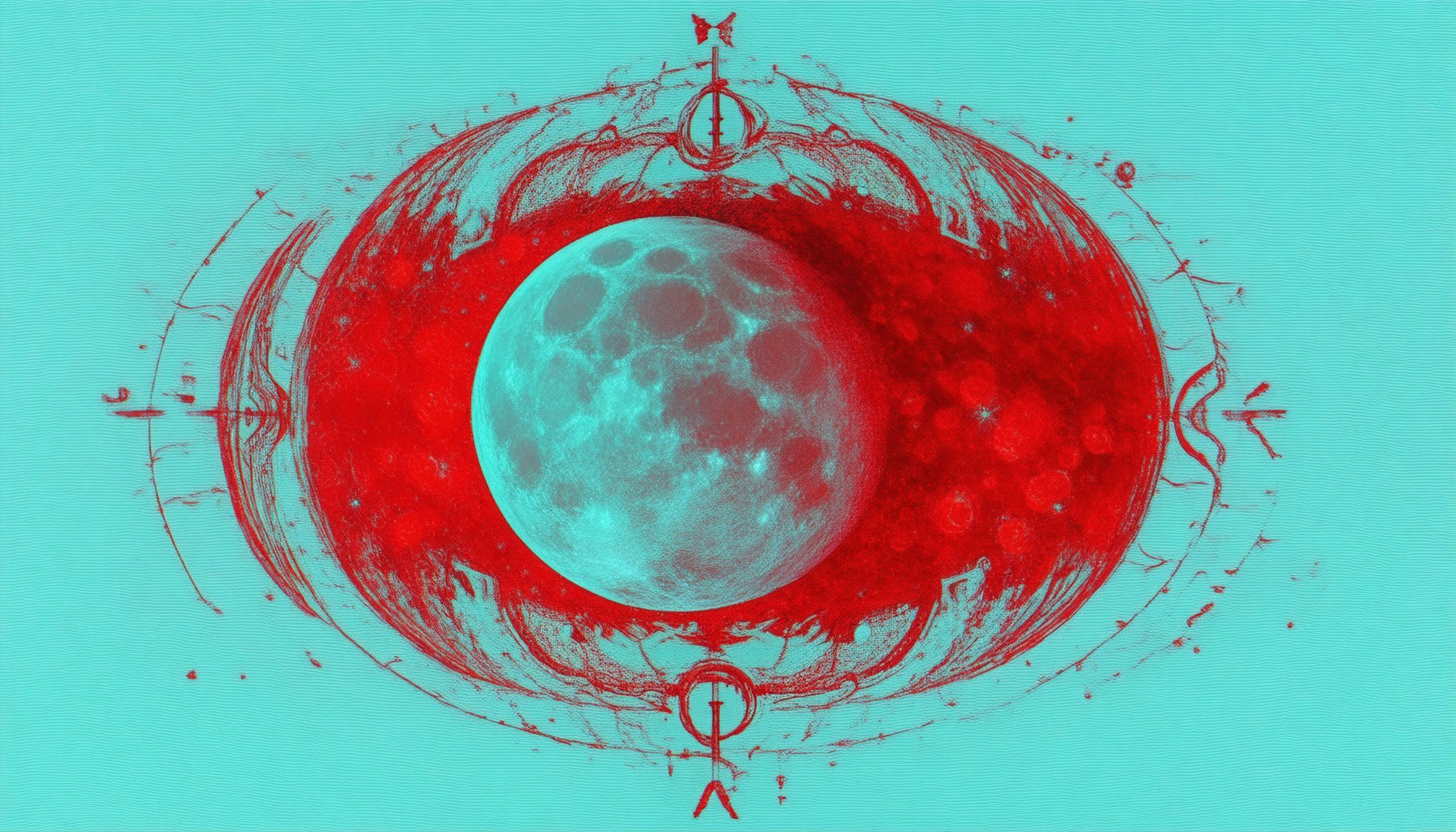
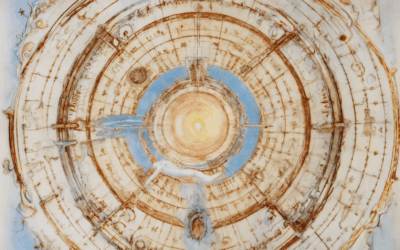
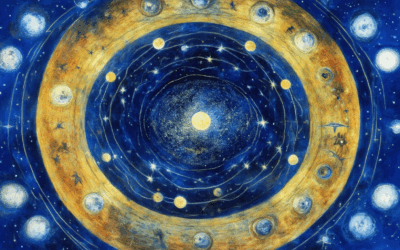
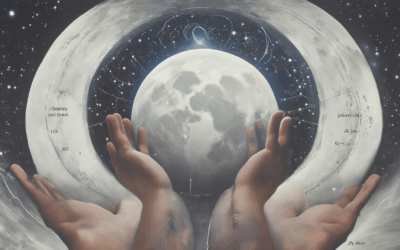
0 Comments